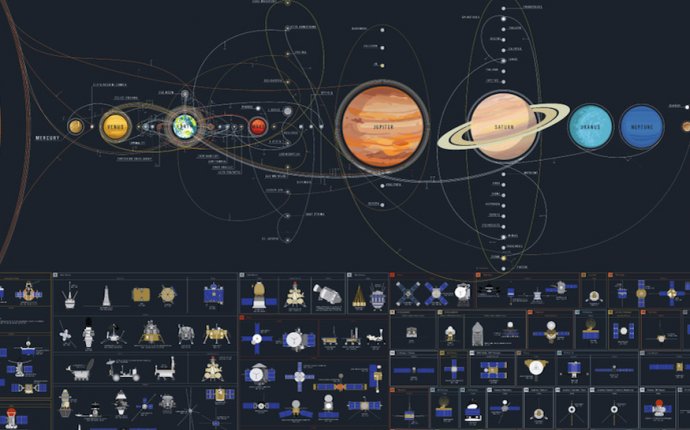
History space exploration
The first earthling to orbit our planet was just two years old, plucked from the streets of Moscow barely more than a week before her historic launch. Her name was Laika. She was a terrier mutt and by all accounts a good dog. Her 1957 flight paved the way for space exploration back when scientists didn’t know if spaceflight was lethal for living things.
Humans are explorers. Since before the dawn of civilization, we’ve been lured over the horizon to find food or more space, to make a profit, or just to see what’s beyond those trees or mountains or oceans. Our ability to explore reached new heights—literally—in the last hundred years. Airplanes shortened distances, simplified travel, and showed us Earth from a new perspective. By the middle of the last century, we aimed even higher.
Our first steps into space began as a race between the United States and the former Soviet Union, rivals in a global struggle for power. Laika was followed into orbit four years later by the first human, Soviet Cosmonaut Yuri A. Gagarin. With Earth orbit achieved, we turned our sights on the moon. The United States landed two astronauts on its stark surface in 1969, and five more manned missions followed. The U.S.’s National Aeronautics and Space Administration (NASA) launched probes to study the solar system. Manned space stations began glittering in the sky. NASA developed reusable spacecraft—space shuttle orbiters—to ferry astronauts and satellites to orbit. Space-travel technology had advanced light-years in just three decades. Gagarin had to parachute from his spaceship after reentry from orbit. The space shuttle leaves orbit at 16, 465 miles an hour (26, 498 kilometers an hour) and glides to a stop on a runway without using an engine.











